771 Naval Air Squadron on:
[Wikipedia]
[Google]
[Amazon]
771 Naval Air Squadron of the 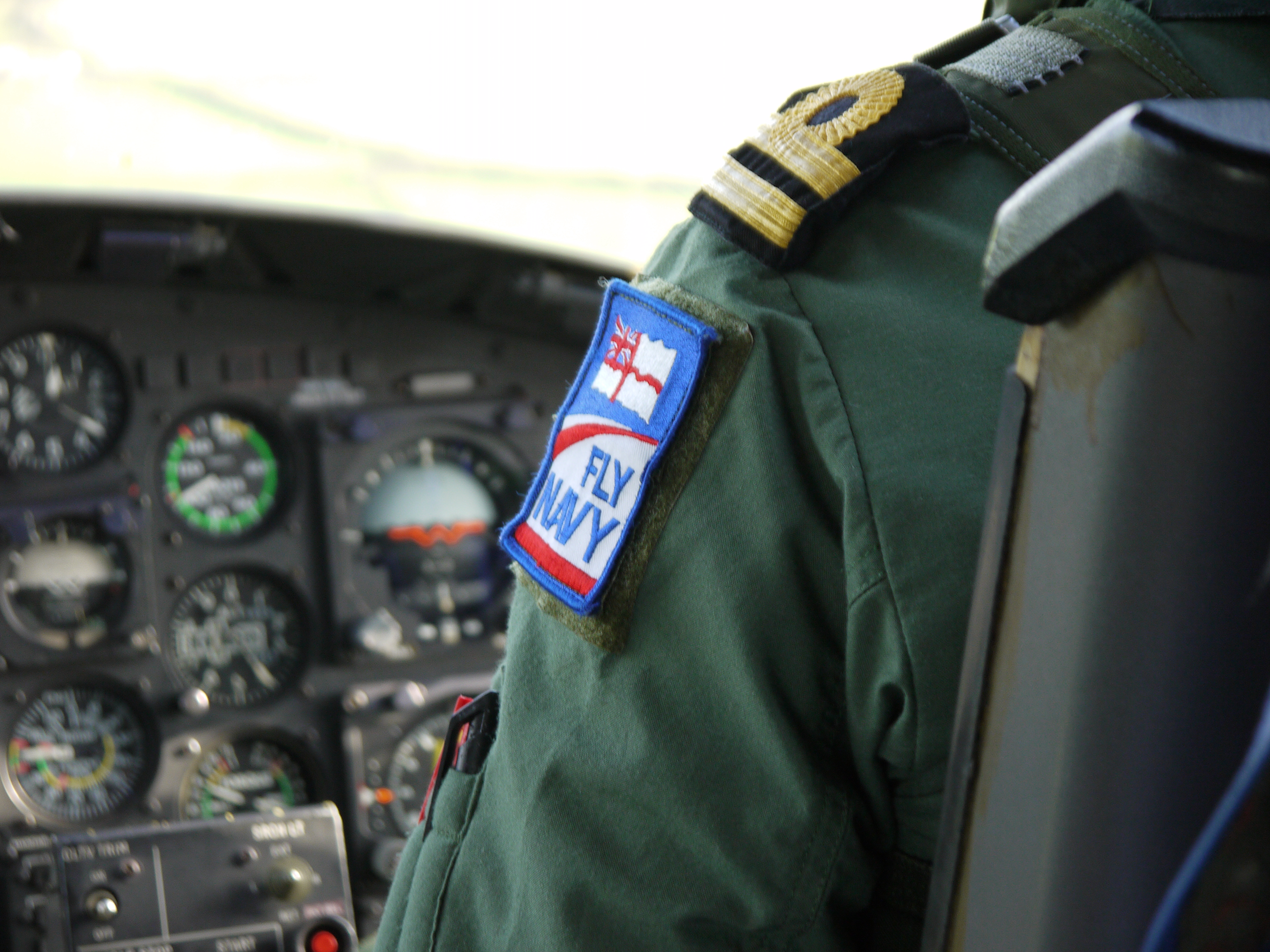
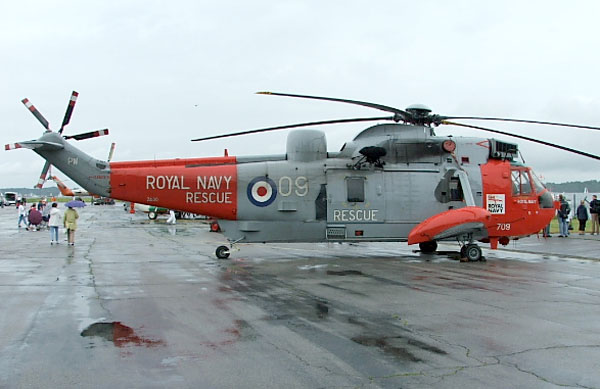 In its final years the Squadron operated the Sea King HAR.5 in the grey and red colours, with nine permanently stationed at RNAS Culdrose. 771's sister unit, Gannet Flight operates 3 HAR.5s performing a similar role from HMS Gannet on
In its final years the Squadron operated the Sea King HAR.5 in the grey and red colours, with nine permanently stationed at RNAS Culdrose. 771's sister unit, Gannet Flight operates 3 HAR.5s performing a similar role from HMS Gannet on
Fleet Air Arm
The Fleet Air Arm (FAA) is one of the five fighting arms of the Royal Navy and is responsible for the delivery of naval air power both from land and at sea. The Fleet Air Arm operates the F-35 Lightning II for maritime strike, the AW159 Wil ...
was formed on 24 May 1939 at Lee-on-Solent
Lee-on-the-Solent, often referred to as Lee-on-Solent, is a seaside district of the Borough of Gosport in Hampshire, England, about five miles (8 km) west of Portsmouth. The area is located on the coast of the Solent. It is primarily a res ...
as a Fleet Requirements Unit with 14 Fairey Swordfish
The Fairey Swordfish is a biplane torpedo bomber, designed by the Fairey Aviation Company. Originating in the early 1930s, the Swordfish, nicknamed "Stringbag", was principally operated by the Fleet Air Arm of the Royal Navy. It was also us ...
TSR biplanes. The Squadron carried out various exercises with ships and provided towed targets for naval air gunners and was decommissioned on 22 March 2016.

Second World War
The Squadron initially had a northern element (X Flight), and a southern element (Y Flight). 'X' Flight broke away on 28 September 1939 to become 772 Naval Air Squadron. The reshaped 771 NAS was based at RNAS Hatston flying a variety of fixed-wing aircraft, ranging from Supermarine Walruses toHawker Hurricane
The Hawker Hurricane is a British single-seat fighter aircraft of the 1930s–40s which was designed and predominantly built by Hawker Aircraft Ltd. for service with the Royal Air Force (RAF). It was overshadowed in the public consciousness b ...
s, from airfields across the UK and abroad.
A notable point in 771's wartime history was that they started the chain that led to the sinking of the German battleship Bismarck
''Bismarck'' was the first of two s built for Nazi Germany's . Named after Chancellor Otto von Bismarck, the ship was laid down at the Blohm & Voss shipyard in Hamburg in July 1936 and launched in February 1939. Work was completed in August 19 ...
. The Commanding Officer of HMS Sparrowhawk, Capt Henry Lockhart St John Fancourt, RN, had been ordered to identify and sink the Bismarck at the earliest opportunity. The two squadrons of Albacoress he had did not have sufficient range to attack the battleship whilst in harbour. He was relying on the Royal Air Force
The Royal Air Force (RAF) is the United Kingdom's air and space force. It was formed towards the end of the First World War on 1 April 1918, becoming the first independent air force in the world, by regrouping the Royal Flying Corps (RFC) an ...
to carry out flights over Bergen
Bergen (), historically Bjørgvin, is a city and municipality in Vestland county on the west coast of Norway. , its population is roughly 285,900. Bergen is the second-largest city in Norway. The municipality covers and is on the peninsula o ...
, and inform the Royal Navy
The Royal Navy (RN) is the United Kingdom's naval warfare force. Although warships were used by English and Scottish kings from the early medieval period, the first major maritime engagements were fought in the Hundred Years' War against ...
when the Battleship had left port. On 22 May 1941 RAF Coastal Command
RAF Coastal Command was a formation within the Royal Air Force (RAF). It was founded in 1936, when the RAF was restructured into Fighter, Bomber and Coastal Commands and played an important role during the Second World War. Maritime Aviation ...
deemed the weather unsuitable for flight; however, Fancourt volunteered to put together a crew to fly 771's Martin Maryland
The Martin Model 167 Maryland was an American medium bomber that first flew in 1939. It saw action in World War II with France and the United Kingdom.
Design and development
In response to a December 1937 United States Army Air Corps requiremen ...
twin-engined plane to carry out the sortie. Temporary Lieutenant (A) Noel Ernest Goddard, RNVR, at the time the Senior Pilot of 771 NAS, volunteered to pilot the sortie, with his crew of Acting Leading Airman John Walker Armstrong as TAG-WO and Leading Airman J. D. Milne as TAG-AG. The extremely experienced observer Commander Geoffry Alexander Rotherham, at the time the Air Station's XO, stepped up to act as Mission Commander. Goddard flew on instruments at low level over the sea, making landfall on target. Having identified that the ships had sailed already they attempted to radio their discovery back to RAF Coastal Command
RAF Coastal Command was a formation within the Royal Air Force (RAF). It was founded in 1936, when the RAF was restructured into Fighter, Bomber and Coastal Commands and played an important role during the Second World War. Maritime Aviation ...
. However, they did not receive any reply. Rotherham decided to contact the Air Station directly on the Towed Target frequency and also fly directly to HMS Sparrowhawk's forward airfield, Sumburgh, where the Albacores were ready to intercept.
Acting on Rotherhams's radio message, the Home Fleet were set to sea and engage the Bismarck and her escorts intercepting her at the Battle of the Denmark Straits. On 16 September 1941 The London Gazette
''The London Gazette'' is one of the official journals of record or government gazettes of the Government of the United Kingdom, and the most important among such official journals in the United Kingdom, in which certain statutory notices are ...
reported the awarding of the following honours: Rotherham received the DSO, Goddard the DSC, and Armstrong the DSM. Goddard went on to Command 771 NAS as a Temporary Lieutenant Commander (A) on 15 October 1941.
On 1 July 1942 771 NAS moved to RNAS Twatt to fly more modern aircraft in a similar role.
Post Second World War
In February 1945, 771 received theSikorsky Hoverfly
The Sikorsky R-4 is a two-seat helicopter that was designed by Igor Sikorsky with a single, three-bladed main rotor and powered by a radial engine. The R-4 was the world's first large-scale mass-produced helicopter and the first helicopter used b ...
, making it the first naval air squadron to operate helicopters, which it used until May 1947. After victory in Europe the Fleet moved from Scapa Flow to Portsmouth
Portsmouth ( ) is a port and city in the ceremonial county of Hampshire in southern England. The city of Portsmouth has been a unitary authority since 1 April 1997 and is administered by Portsmouth City Council.
Portsmouth is the most dens ...
and the anchorage at Portland. 771 NAS followed south to RNAS Zeals and then to RNAS Lee-on-Solent
Royal Naval Air Station Lee-on-Solent (HMS ''Daedalus'') was one of the primary shore airfields of the Fleet Air Arm. First established as a seaplane base in 1917 during the First World War, it later became the main training establishment and ad ...
and RNAS Ford
Ford commonly refers to:
* Ford Motor Company, an automobile manufacturer founded by Henry Ford
* Ford (crossing), a shallow crossing on a river
Ford may also refer to:
Ford Motor Company
* Henry Ford, founder of the Ford Motor Company
* Ford F ...
. Here the Squadron flew Miles Martinet
The Miles M.25 Martinet was a target tug aircraft of the Royal Air Force (RAF) and Fleet Air Arm (FAA) that was in service during the Second World War. It was the first British aircraft to be designed specifically for target towing.
Work o ...
s, Douglas Bostons, Vought Corsairs, Grumman Wildcat
The Grumman F4F Wildcat is an American carrier-based fighter aircraft that entered service in 1940 with the United States Navy, and the British Royal Navy where it was initially known as the Martlet. First used by the British in the North Atlant ...
s, Airspeed Oxford
The Airspeed AS.10 Oxford is a twin-engine monoplane aircraft developed and manufactured by Airspeed. It saw widespread use for training British Commonwealth aircrews in navigation, radio-operating, bombing and gunnery roles throughout the Seco ...
s, Grumman Hellcats, Supermarine Seafires, North American Harvards, de Havilland Mosquitoes, Hawker Sea Fury
The Hawker Sea Fury is a British fighter aircraft designed and manufactured by Hawker Aircraft. It was the last propeller-driven fighter to serve with the Royal Navy, and one of the fastest production single reciprocating engine aircraft ...
s, Short Sturgeon
The Short Sturgeon was a planned British carrier-borne reconnaissance bomber whose development began during Second World War with the S.6/43 requirement for a high-performance torpedo bomber, which was later refined into the S.11/43 requireme ...
s, as well as the Hoverfly
Hover flies, also called flower flies or syrphid flies, make up the insect family Syrphidae. As their common name suggests, they are often seen hovering or nectaring at flowers; the adults of many species feed mainly on nectar and pollen, whil ...
. The Hoverflies were transferred to 705 Naval Air Squadron as it was formed. During the Defence reductions following the Second World War it was decided that 771 would be disbanded in August 1955 (whilst operating the Avro Anson
The Avro Anson is a British twin-engined, multi-role aircraft built by the aircraft manufacturer Avro. Large numbers of the type served in a variety of roles for the Royal Air Force (RAF), Fleet Air Arm (FAA), Royal Canadian Air Force (RCA ...
, de Havilland Sea Hornet, Gloster Meteor
The Gloster Meteor was the first British jet fighter and the Allies of World War II, Allies' only jet aircraft to engage in combat operations during the Second World War. The Meteor's development was heavily reliant on its ground-breaking turb ...
, de Havilland Sea Vampire
The de Havilland Vampire is a British jet fighter which was developed and manufactured by the de Havilland Aircraft Company. It was the second jet fighter to be operated by the RAF, after the Gloster Meteor, and the first to be powered by a s ...
and Fairey Firefly
The Fairey Firefly is a Second World War-era carrier-borne fighter aircraft and anti-submarine aircraft that was principally operated by the Fleet Air Arm (FAA). It was developed and built by the British aircraft manufacturer Fairey Avia ...
) when it combined with 703 Naval Air Squadron to form 700 Naval Air Squadron.
Helicopter-only squadron
771 NAS reformed in 1961 and assumed the helicopter trials and training roles from 700 NAS with the Westland Whirlwind, Westland Dragonfly, and theWestland Wasp
The Westland Wasp is a small 1960s British turbine powered, shipboard anti-submarine helicopter. Produced by Westland Helicopters, it came from the same P.531 programme as the British Army Westland Scout, and is based on the earlier piston-e ...
prototype at RNAS Portland
RNAS Portland (ICAO: EGDP) was an air station of the Royal Navy, situated at the Isle of Portland, Dorset, England. It was established in 1917 on the western edge of Portland Harbour as HMS ''Sarepta''. From 1959 the station shared the name ...
. During this time 771 was able to pioneer and develop many Search And Rescue techniques; including helicopter in-flight refueling ( HIFR), hi-line transfer, free diver drop and cliff winching techniques. Soon after standing up again, the Squadron gained two Westland Whirlwind HAR.3s and assumed the RNAS Portland SAR commitment. The Squadron was disbanded on 1 December 1964, on being absorbed into 829 Naval Air Squadron
829 Naval Air Squadron was a squadron of the Royal Navy Fleet Air Arm. Before it was decommissioned in March 2018, it operated the AgustaWestland Merlin HM2 helicopter.
History 1940–1942
829 Naval Air Squadron first formed on 15 June 1940 as ...
.
On 23 June 1967, the squadron reformed with the new primary task of anti-submarine warfare (ASW) Fleet Requirements Unit, in addition to the Portland SAR duty. Nine Whirlwind HAS.7 were used by the Squadron at this time. The Westland Wessex
The Westland Wessex is a British-built turbine-powered development of the Sikorsky H-34 (in US service known as Choctaw). It was developed and produced under licence by Westland Aircraft (later Westland Helicopters). One of the main chang ...
was introduced in 1969 with the Mk 1. This marked the beginning of a long association of the aircraft with the squadron. By 1970, the ASW role had been passed on to 737 Naval Air Squadron
737 Naval Air Squadron (737 NAS) was a Naval Air Squadron of the Royal Navy's Fleet Air Arm. It was initially active during 1943 as an amphibious Bomber Reconnaissance Training Squadron. Reactivated in 1944 it operated as an ASV Training Unit u ...
, making SAR 771's primary role, a role that has remained to the present day.
The Squadron moved to RNAS Culdrose
Royal Naval Air Station Culdrose (RNAS Culdrose, also known as HMS ''Seahawk''; ICAO: EGDR) is a Royal Navy airbase near Helston on the Lizard Peninsula of Cornwall UK, and is one of the largest helicopter bases in Europe. Its main role is serv ...
in September 1974. Six of its Wessex aircraft were left at RNAS Portland, to form the basis of 772 Naval Air Squadron. The Wessex HAS.1 was replaced by the twin turbine-powered Wessex HU.5 in 1979, when it was involved with the 1979 Fastnet race
The 1979 Fastnet Race was the 28th Royal Ocean Racing Club's Fastnet Race, a yachting race held generally every two years since 1925 on a 605-mile course from Cowes direct to the Fastnet Rock and then to Plymouth via south of the Isles of S ...
rescues. During the Falklands Conflict
The Falklands War ( es, link=no, Guerra de las Malvinas) was a ten-week undeclared war between Argentina and the United Kingdom in 1982 over two British Overseas Territories, British dependent territories in the South Atlantic: the Falkland I ...
all of 771 aircraft were taken for troop transport roles, some went to 722 Naval Air Squadron, but the majority reformed 847 Naval Air Squadron
847 Naval Air Squadron is a squadron of the Royal Navy Fleet Air Arm. It operates AgustaWestland Wildcat AH.1 helicopters and provides armed reconnaissance and light transport support to 3 Commando Brigade Royal Marines. Along with 845 and 846 n ...
and 848 Naval Air Squadron
848 Naval Air Squadron was a squadron of the Royal Navy Fleet Air Arm. It operated the Westland Sea King HC.4 helicopter and previously provided advanced flying training to pilots for the other squadrons in the Commando Helicopter Force. The s ...
along with some of 771 NASs aircrew. The remaining crew went either to their old aircraft type, or to new roles in the Lynx or Wasp
A wasp is any insect of the narrow-waisted suborder Apocrita of the order Hymenoptera which is neither a bee nor an ant; this excludes the broad-waisted sawflies (Symphyta), which look somewhat like wasps, but are in a separate suborder. ...
fleets. Two Wessex Mk.5 from Wroughton were used in August 1982 to form the backbone of 771 NAS as it took the SAR commitment back from the RAF. In January 1983 the Squadron once again operated mixed fleets of rotary and fixed wing aircraft as it absorbed the Station Flight, taking ownership of two Chipmunks
Chipmunks are small, striped rodents of the family Sciuridae. Chipmunks are found in North America, with the exception of the Siberian chipmunk which is found primarily in Asia.
Taxonomy and systematics
Chipmunks may be classified either as ...
and 2 Sea Devons. It operated these until the end of 1989 when the Sea Devon was withdrawn from service. In 1985 the Squadron absorbed 707 Naval Air Squadron's Wessex helicopters when 771 NAS took over Commando
Royal Marines from 40 Commando on patrol in the Sangin">40_Commando.html" ;"title="Royal Marines from 40 Commando">Royal Marines from 40 Commando on patrol in the Sangin area of Afghanistan are pictured
A commando is a combatant, or operativ ...
Helicopter Training. The Wessex were replaced by Westland Sea King
The Westland WS-61 Sea King is a British licence-built version of the American Sikorsky S-61 helicopter of the same name, built by Westland Helicopters. The aircraft differs considerably from the American version, with Rolls-Royce Gnome engin ...
HAS.5s, converted to HAR.5s, in October 1987 as the Squadron assumed a long range, day/night and all weather SAR capability. In July 2001, 771 Squadron assumed the responsibility for Advanced and Operational Flying Training for anti-submarine warfare (ASW) pilots and Observers, as well as the residual Sea King HAS.5 & HAS.6 Pilot Conversion and Refresher Courses.
 In its final years the Squadron operated the Sea King HAR.5 in the grey and red colours, with nine permanently stationed at RNAS Culdrose. 771's sister unit, Gannet Flight operates 3 HAR.5s performing a similar role from HMS Gannet on
In its final years the Squadron operated the Sea King HAR.5 in the grey and red colours, with nine permanently stationed at RNAS Culdrose. 771's sister unit, Gannet Flight operates 3 HAR.5s performing a similar role from HMS Gannet on Prestwick Airport
Glasgow Prestwick Airport () is an international airport serving the west of Scotland, situated northeast of the town of Prestwick in South Ayrshire and southwest of Glasgow. It is the less busy of the two airports serving the western part of ...
. 771's primary role was one of military Search and Rescue, with secondary roles in civilian Search and Rescue, Pilot and Observer refresher training, utility and liaison and ab-initio Pilot Conversion and operational training. To perform these roles, one of the helicopters was on 15 minutes notice to fly during the day, and 45 minutes during the night, with a duty crew on call for 24 hours. This duty was maintained for 365 days of the year, with a second standby aircraft ready to assist should the emergency have demanded it.
It stopped rescue duties on 1 January 2016 and was decommissioned on 22 March 2016. The squadron was responsible for saving over 15,000 lives on more than 9,000 missions.
Ace of Clubs
771s Helicopters feature the unofficial Ace of Clubs Squadron Logo. The origin of this logo is unclear, but it is widely believed to follow a similar pedigree as the Royal Navy Historic FlightHawker Sea Hawk
The Hawker Sea Hawk is a British single-seat jet day fighter formerly of the Fleet Air Arm (FAA), the air branch of the Royal Navy (RN), built by Hawker Aircraft and its sister company, Armstrong Whitworth Aircraft. Although its design origina ...
, wearing 806 NAS's Ace of Diamonds logo. Shortly after the Second World War Squadrons of the Fleet Air Arm often had an in-house display team. Each of the display aircraft were painted with identification marks. Playing card suits were chosen by some Squadrons as they were a neat identification that allows clear hierarchy; the Squadron Commanding Officer would take the Ace card, the XO the King and so on until each aircraft had a value relating to the seniority in the Squadron/display team of that pilot. Today 771 does not assign an aircraft to each pilot, instead operating a pool of aircraft allowing each pilot to fly any helicopter. It was chosen that only the Ace of Clubs would be painted on each of the helicopters in the Squadrons fleet.
Rescues
771 NAS was one of the busiest SAR units in the UK being called out an average of 220 times per year. With the limitations in civilian flight rules for the Cornwall Air Ambulance pilots 771 was also often called upon to perform patient and hospital transfers throughout the West Country. These were typically when the Air Ambulance was engaged in other duties, in poor weather, at night or where no suitable landing place was close by, allowing the Sea King to utilise its winch. Individual honours have included 4George Medal
The George Medal (GM), instituted on 24 September 1940 by King George VI,''British Gallantry Medals'' (Abbott and Tamplin), p. 138 is a decoration of the United Kingdom and Commonwealth, awarded for gallantry, typically by civilians, or in cir ...
s, 4 Air Force Crosses, 6 Queens Gallantry Medals, and 14 Queen's Commendation for Bravery
The King's Commendation for Bravery and the King's Commendation for Bravery in the Air are United Kingdom awards,Ben Asdale, Air Force Cross awarded to Lt AJM Hogg RN, and Lt Cdr MJ Norman RN
* 1979 –



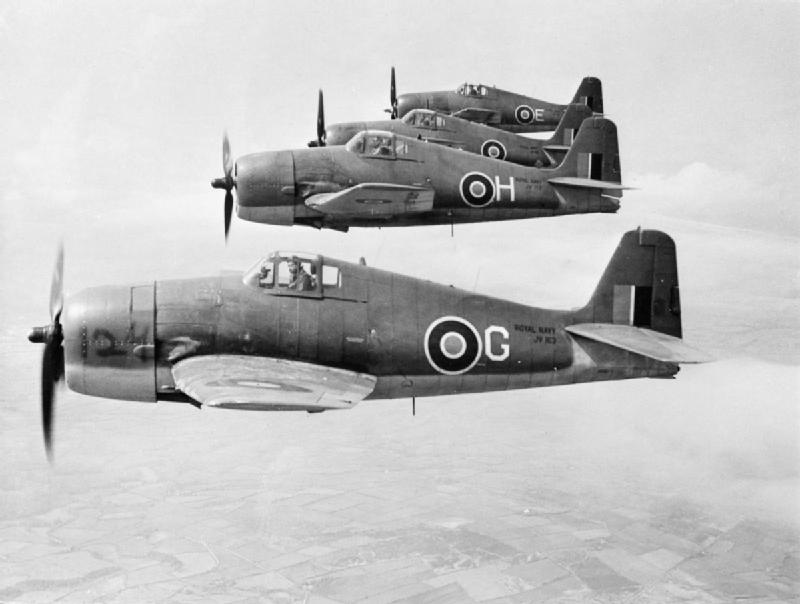







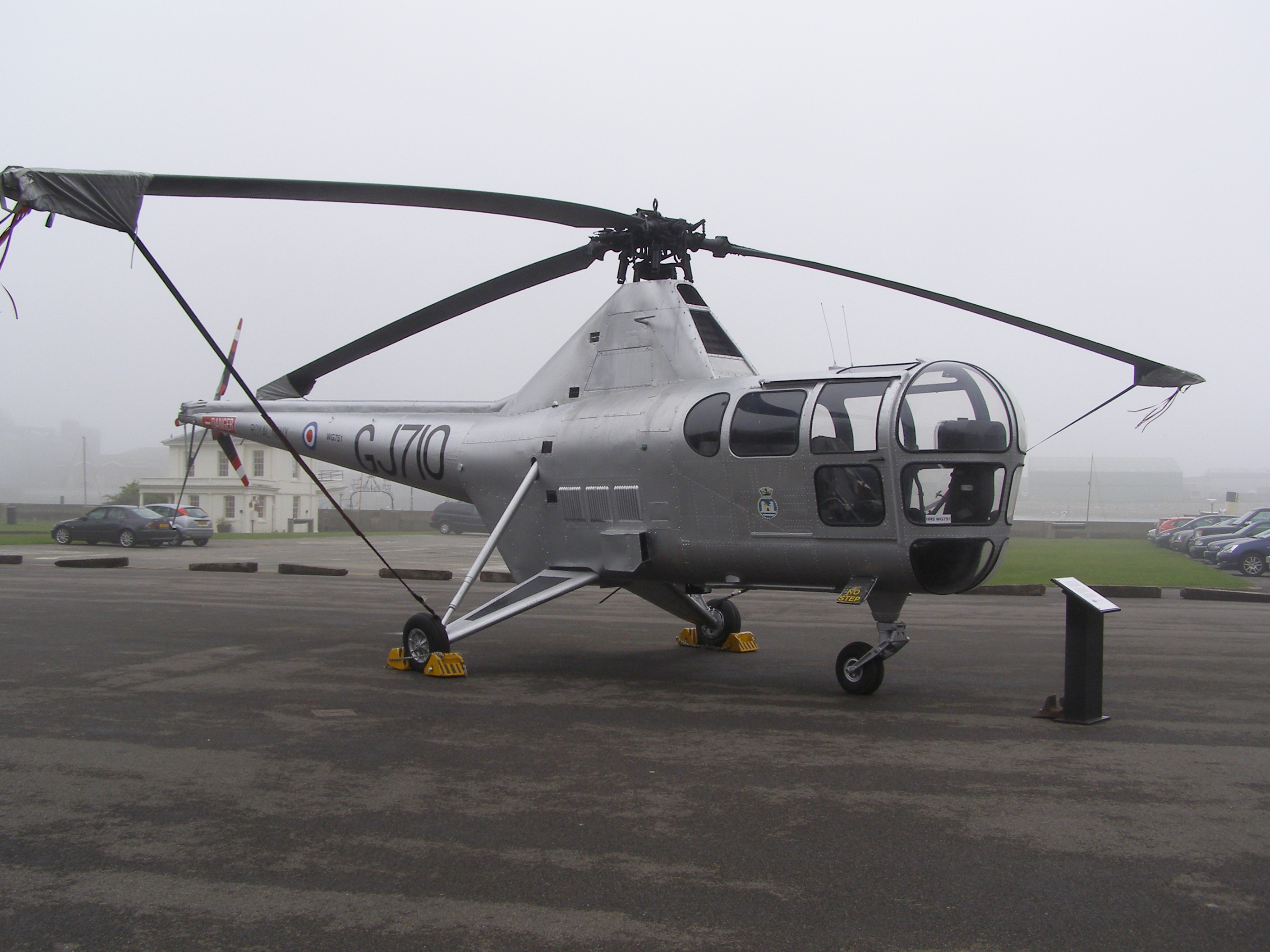
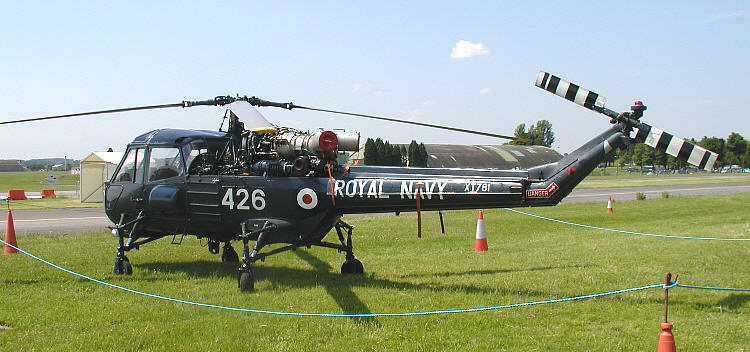


Fleet Air Arm – Naval Air Squadrons – 771 Official RN site
helis.com – 771 NAS page
{{Royal Naval Air Squadrons Military of the United Kingdom in Cornwall 700 series Fleet Air Arm squadrons Military units and formations established in 1939 Military units and formations disestablished in 2016
Fastnet Race
The Fastnet Race is a biennial offshore yacht race organised by the Royal Ocean Racing Club of the United Kingdom with the assistance of the Royal Yacht Squadron in Cowes and the City of Cherbourg in France.
The race is named after the Fast ...
, Air Force Cross awarded to Lt Jerry Grayson for his role in the Fastnet '79 Race. It was awarded a year later in 1980.
* 1985 – Fastnet Race
The Fastnet Race is a biennial offshore yacht race organised by the Royal Ocean Racing Club of the United Kingdom with the assistance of the Royal Yacht Squadron in Cowes and the City of Cherbourg in France.
The race is named after the Fast ...
, George Medal awarded to the Rescue Diver; POACMN L Slater for his rescue of Simon Le Bon
Simon John Charles Le Bon (born 27 October 1958) is a British singer. He is best known as the lead vocalist and lyricist of the new wave band Duran Duran and its offshoot Arcadia. Le Bon has received three Ivor Novello Awards from the British ...
and 19 other survivors from the Yacht ''Drum''
* 1985 – Yacht Master Cube
* 1989 – MV Secil Japan, Air Force Medal awarded to the Rescue Diver CPOACMN JPR Grinney
* 1989 – MV Murree, George Medal awarded to each of the 2 Rescue Divers; POACMN DS Wallace, POACMN SW Wright
* 1992 – Boyd Trophy won for night rescue of five crew from yacht Sine Seorra off Guernsey, Air Force Medal awarded to LA I Chambers
* 2004 – Boyd Trophy won for Boscastle Flood rescues, Air Force Cross awarded to Lt Cdr MJ Ford RN
* 2005 – Boyd Trophy won for the recovery of critically ill crewman from fishing vessel 240 miles off coast in gale-force winds and very poor visibility
* 2007 – MSC Napoli
''MSC Napoli'' was a United Kingdom- flagged container ship that developed a hull breach due to rough seas and slamming in the English Channel on 18 January 2007. She was deliberately run aground at Lyme Bay to avoid an environmental disaster ...
, PO J O'Donnel awarded Queen's Gallantry Medal
* 2008 – Pesca del Verdes, CPOACMN D Rigg awarded Queen's Gallantry Medal
* 2009 – Fishing Vessel Trevessa, PO D Lacy awarded Queen's Gallantry Medal
* 2011 – Yacht Andriette, Sgt A Russell RM awarded George Medal for his role in the rescue
RN SAR 60
As one of only two commissioned units of the ten that have operated in the dedicated Royal Navy Search and Rescue role, 771 NAS were a core part of the year-long celebration to recognise 60 years of RN Helicopter Search and Rescue in 2013. Events took place throughout the country and media all year, with the RN SAR Force raising £60,000 for charity.Aircraft Operated by 771 NAS
There are 68 different marks of aircraft known to have been operated by 771 NAS.













Commanding officers
References
External links
Fleet Air Arm – Naval Air Squadrons – 771 Official RN site
helis.com – 771 NAS page
{{Royal Naval Air Squadrons Military of the United Kingdom in Cornwall 700 series Fleet Air Arm squadrons Military units and formations established in 1939 Military units and formations disestablished in 2016